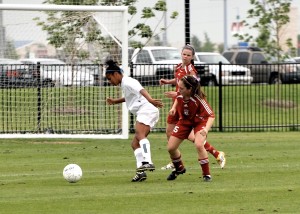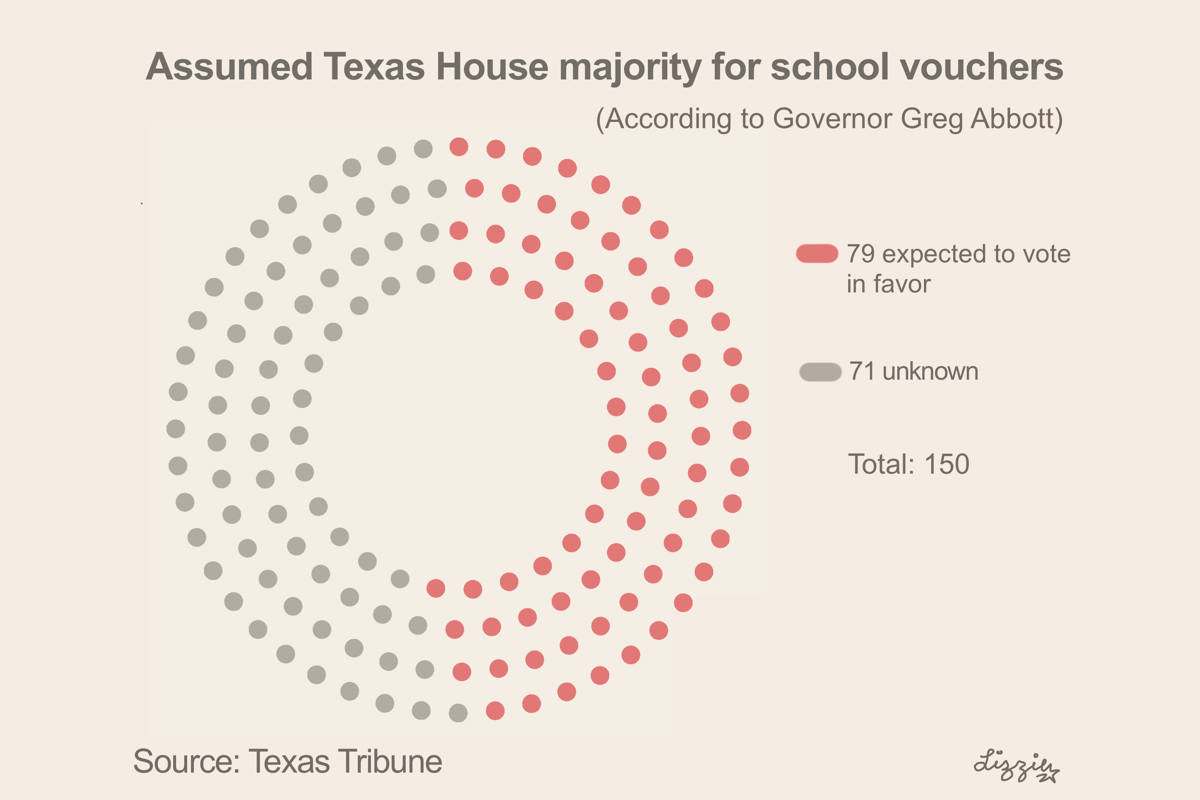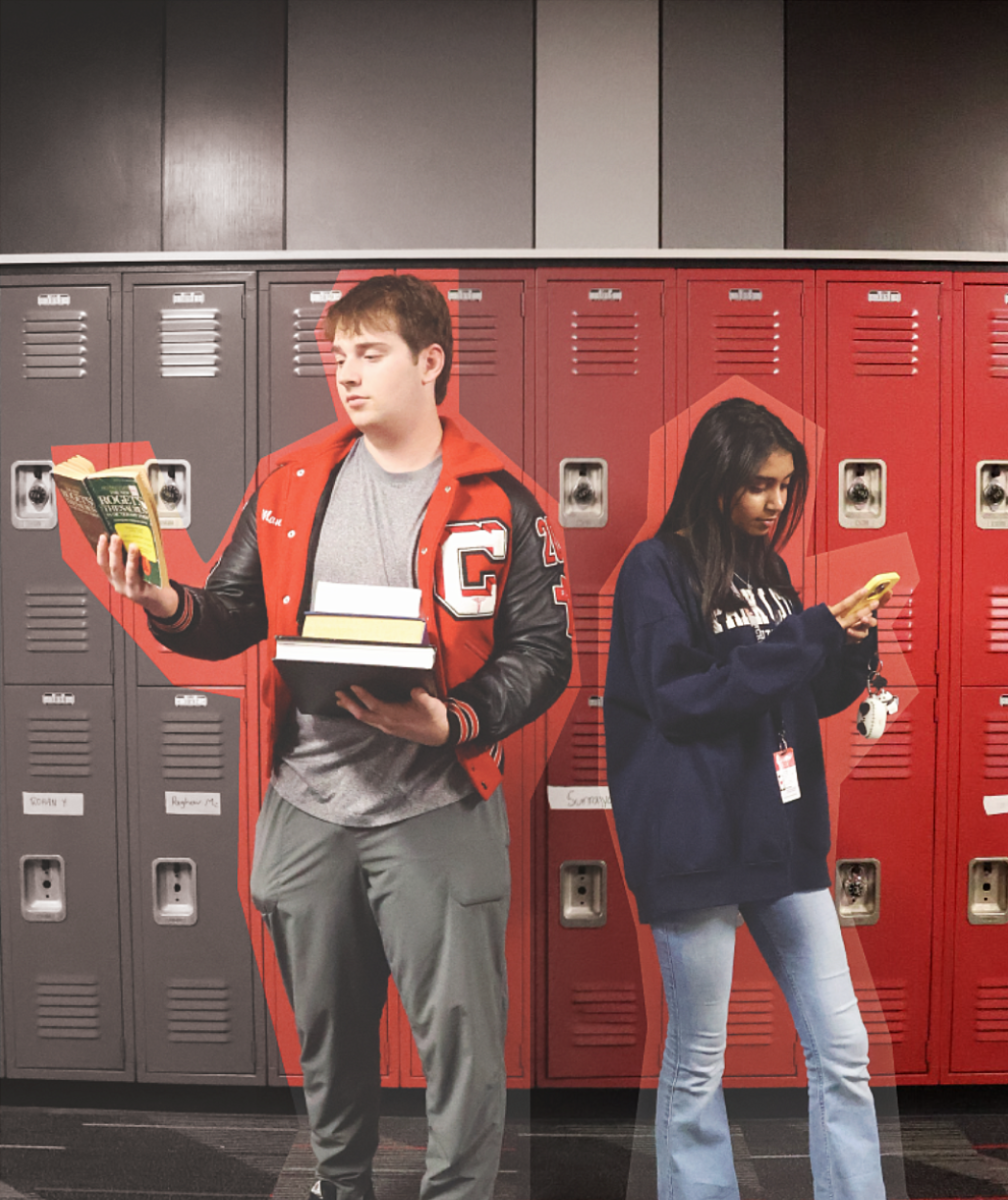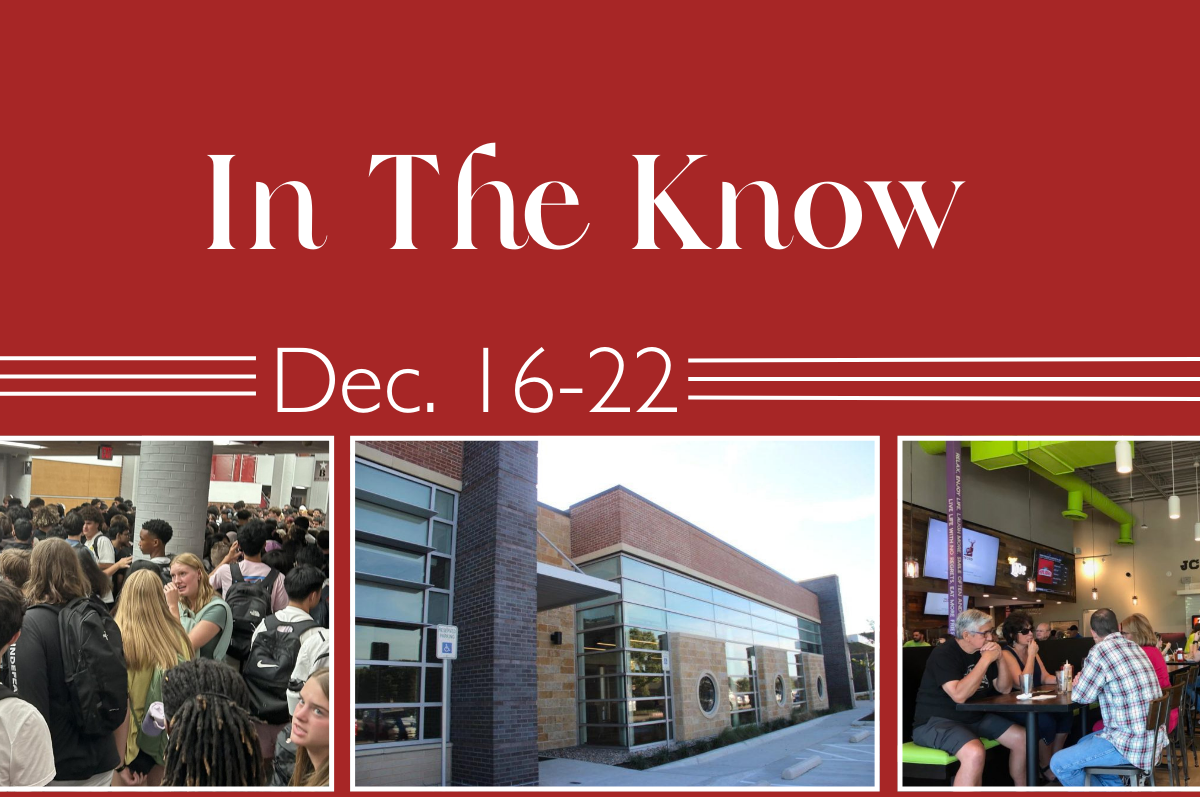by Blake Seitz
Sports Editor

Everyone remembers their Little League days—how mom and pop loaded up kids, dogs and folding chairs into the minivan for a Saturday morning of small children’s sports. For most people, that was the extent of their athletic career.
For others it’s the beginning, and the next step is often club leagues.
Club leagues are essentially the private sector’s answer to school sports, although they function in a slightly different capacity. They are expensive and often hyper-competitive, but many argue they provide valuable services to college ball hopefuls of all ages.
Perhaps the most important difference between club and school sports is also the most obvious: starting age. High school is constrained to a four-year window in an athlete’s life, while club is not—serious athletes often begin club play at ages 8 or 9.
This has a noticeable impact both in player development and in team cohesion.
“Club isn’t a period during the day,” Coppell junior midfielder Chioma Ubogagu said. “Instead its time after school, so you can build team chemistry and play with your teammates more frequently.”
Ubogagu, who plays for the club team Defeeters ’93, sees distinct advantages to both club and school sports.
Club, for example, can play year round, while the school team is restricted to a narrow window in the winter and spring.
“In high school, the season’s not as long, so at the end of the day it isn’t as much about development as about results,” Ubogagu said. “With club, they build you up from a young age and really help you grow.”
This doesn’t just hold for soccer, either. Senior Mallory Cravens plays volleyball for both Coppell and her club team, Skyline RoShamBo.
“Select play is more competitive and there are more teams to play against,” Cravens said. “At the school it’s not so much about development as it is a social thing.”
Cravens also says club teams increase an athlete’s level of exposure to college recruiters.
“If you want to play in college you have to play club and go to qualifiers and nationals because college coaches all go to those,” Cravens said. “Club coaches have a lot of access and influence in that area.”
Senior Zane Feemster, who plays left field for both Coppell’s baseball program and his club team, the Dallas Tigers, is less sure.
“It really depends on the high school,” Feemster said. “[CHS baseball] Coach Don English is really good, but sometimes club gives you more exposure and more connections. It’s maybe not the same situation at, say, Lewisville High School.”
As Feemster describes, it’s hardly a one-sided argument. High school programs hold a number of key advantages over club play, including a few intangibles.
CHS girls soccer coach Chris Stricker thinks representing one’s high school is important in preparing for the next level of play.
“Really, I think school soccer readies you for college soccer. I think it’s a more authentic experience because you’re representing something bigger than yourself,” Stricker said.
Others agree.
“School teams are a lot more spirited because the kids from your school come to cheer you on,” Cravens said.
Another advantage lies in the dollars and cents. Often, club sports cost thousands of dollars a year, which can prove prohibitively expensive for underprivileged or even middle class athletes.
“Club can be very expensive,” Feemster said. “It costs a lot of money for travel and tourneys, especially when you consider the average player starts club in eighth grade. That money just compounds over time.”
School sports, by contrast, often cost as little as the shoes on an athlete’s feet.
One of CHS’s biggest draws, however, is the level of play it can provide for talented underclassman and for the leadership experience it can provide upperclassman. This is because club sports are divided by age group—athletes will play similarly-aged opponents throughout their careers.
Out of necessity, high school ball is not like this, which has created an interesting dynamic for players of all grade levels.
“I like school soccer because as a freshman or sophomore you can play with upperclassmen,” Ubogagu said. “Players who are older and more experienced bring different looks to the field, which can help you improve.”
This, combined with the relatively high level of coaching found at Coppell High School, can make some of club’s other advantages seem insignificant.
There is definitely a degree of competition between the two organizations. Oftentimes, coaches have different ideas about what methods are best for a player. At the end of the day, though, the needs of the athletes trump any petty rivalry between the two.
“Both sides have to be flexible because it’s a Catch-22—your best school players are also your best club players,” Stricker said. “You can’t over-train them or wear them out, so school and club teams have a mutual respect for one another.”








